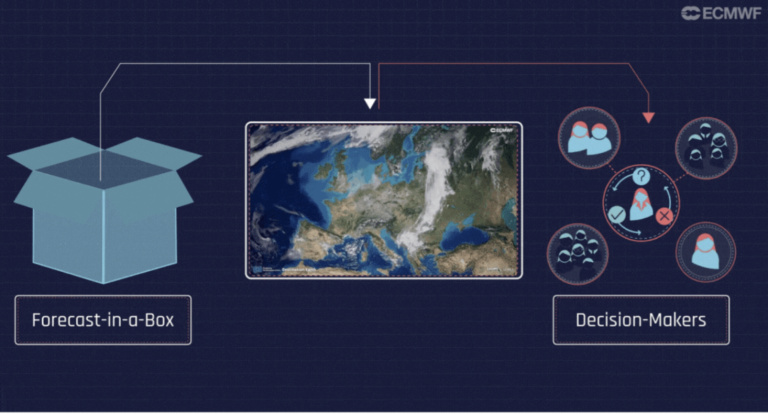Artificial Intelligence is everywhere, and we seemingly can’t escape.
I’ve never (and will never) use AI to write articles on Windows Central, beyond perhaps using Copilot to quickly check the specs on a product I’m reviewing — but even that often requires additional review, due to the hallucinations AI seems prone to. It seems like we might be increasingly in the minority, though.
Whether it’s Microsoft Copilot, ChatGPT, Grok, Claude, or whatever else, artificial intelligence services and AI in general is gradually seeping into our lives. More and more online content seems to be AI generated. More and more comments seem to be posited by bots, or humans writing copy using AI. Governments are using AI to write and even record speeches, and it feels like there’s no end in sight.
Recent jobs data suggests that for the first time since the pandemic, the United States now has more jobless individuals than actual vacancies. With companies laying off thousands across the world to replace humans with AI services, it seems as though things are going to get worse, rather than better.
I recently published an article from Microsoft detailing the jobs Microsoft Research thinks are most at risk from AI. The most hands-on jobs seem the most safe, whereas virtually any job that is office or text-oriented is at risk (including mine, RIP).
It’s easy to succumb to doom and gloom over AI, but I wondered what the Windows Central audience thought of AI versus their job and career prospects, so I present this poll.
Feel free to comment below what job you’re currently rocking, or offer alternative perspectives.
I can only speak for myself, but I don’t see how tech reporting will remain a viable profession in the post AI world. Bots already steal any exclusive or unique reporting we do here at Windows Central, and repackage it for their own sites without providing source links or any kind of credit. Even human YouTubers rarely offer credit on exclusive reporting we do here, and while I doubt AI will be able to produce real journalism any time soon (since it requires human interaction, etc.), I can see the deluge of AI-driven content theft making journalism an economically unviable profession.
Automation and industrialization rapidly changed the work force over the past 200 years in various ways, of course. But this time feels quite different. If companies like OpenAI, Google, or Microsoft ever did somehow crack the idea of a self-improving artificial intelligence, I don’t see how any job would remain fully viable. Robotics is advancing too, and it seems like fully self-driving cars, trucks, and other heavy goods vehicles seems just around the corner on top.
People keep bringing up the concept of universal basic income as a way to solve the coming potential jobspocalypse — but who exactly is going to fund that? I think it’s far more likely that AI simply concentrates wealth for the few in an even more extreme way, leaving anyone outside of their orbit wholly without. I hate to get conspiratorial, but maybe that’s the point for these people. I’m utterly convinced these people don’t care about you or I, only how much cash they can extract before it all collapses. And I firmly believe that it will collapse. But hey, I’d love to be proven wrong.
In any case, what do you think about AI? Is it overhyped? Is the negativity overblown? Is AI just a high-tech industrial-scale rip-off machine? Will AI create a backlash enough to increase demand for human-made content? Let’s hear your perspective in the comments below.













































